Chemical fume hoods, when used properly, are one of the most reliable engineering controls in the laboratory. They protect workers by: Containing vapors, dusts, gases, and fumes generated within the hood, and removing them as air flows into the hood and then out via the laboratory exhaust system.
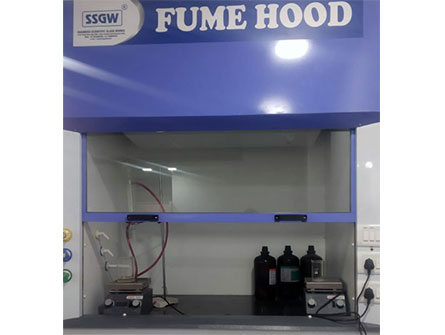
1. To separate two miscible substances
2. To analyze the hydrodynamic properties of macromolecules
3. Removing fat from milk to produce skimmed milk
4. Separation of urine components and blood components in forensic and research laboratories
5. Aids in the separation of proteins using purification techniques such as salting out, e.g., ammonium sulfate precipitation.
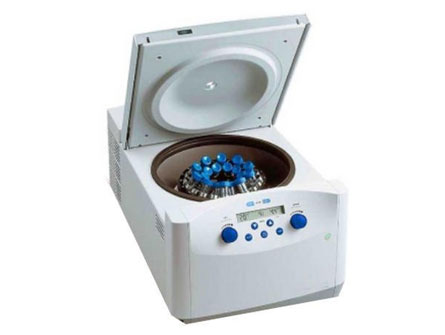
1. It is used to dry glassware, sterilize N95 masks, general instruments, and packaging items in life science, microbiology laboratory.
2. It is also used in chemical and pharmaceutical industries, food and beverage industries, textile industries.
3. It helps in the elimination of moisture from the material thus it is used in curing, drying, baking, and annealing.
4. It is also used for the Measurement of mixed liquor suspended solids (MLSS).
5. In certain laboratories and hospitals, it is used to store materials at a constant temperature.
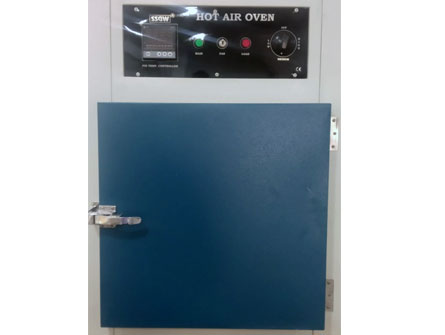
1. To measure the density of solid, liquid and viscous samples with accuracy and precision.
2. For weighing the solutions for sample preparation used in different kind of analysis and synthesis.
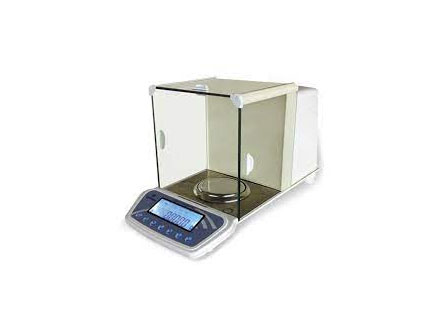
1. To analyze whether the given substance is fluorescence active or not.
2. To analyze the presence of metal ions in a given solution.
3. The effect of pH and solvent composition in a substance is analyzed using fluorescence spectrophotometer which further leads to structural elucidation.
4. Used to determine the water quality by identifying the presence of pollutants.
5. Fluorescence spectroscopy is used in, among others, biochemical, medical, and chemical research fields for analyzing organic compounds
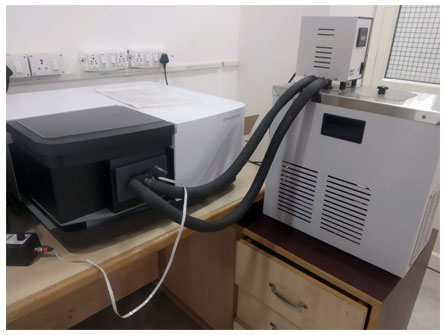
The magnetic stirrers are also known as magnetic stir plates and quite commonly used for experiments in chemistry and biology. They are very useful when you need to mix component, either solids or liquids and get a homogeneous liquid mixture. Some of the common samples include bacterial growth media as well as buffer solutions. The main function of a stirrer is to agitate the liquid for speeding up the reactions or improving mixtures. A magnetic stirrer is often used with hot plates.
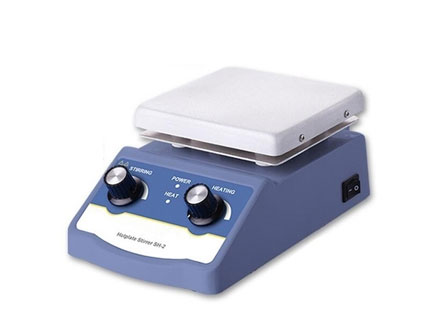
1. Cleaning the glass ware, lab instruments ensuring that no contaminants are left on glasswares and instrument surface from the previous process.
2. Dissolve and disperse samples.
3. Sono chemistry i.e., degassing the solution.
4. Degassing HPLC Samples.
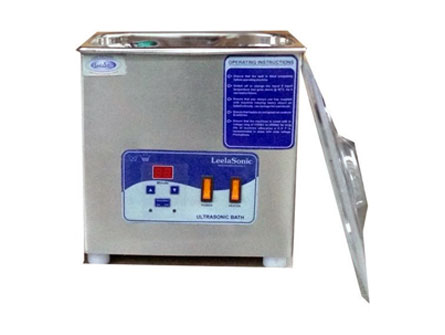
Opportunity to incubate
at CU-TBI
Seed Money
Investors
Showcase your
business idea in front of private
& national banks
Chandigarh University focuses and promotes the culture of 'Creating Jobs', it stimulates and nurtures inquisitive minds to shape their ideas in actual businesses.
